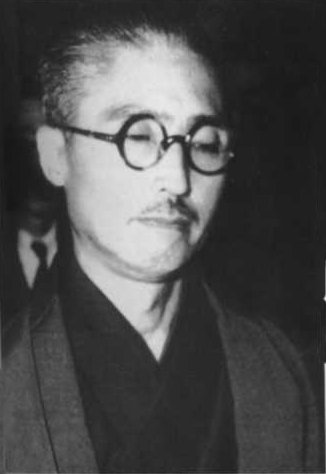
Sadamichi Hirasawa
One of the most extraordinary cases of homicidal cyanide poisoning was that involving a Japanese bank-robber who killed twelve bank employees. Hirasawa arrived at a bank in the Teikoku Suburb of Tokyo in January 1948 just before closing time. He passed himself off as a doctor with orders to inoculate the bank staff against dysentery. The sixteen bank employees dutifully lined up and drank a concoction given to them by the ‘doctor’. Ten died immediately and two more died in hospital as the result of cyanide poisoning. Having immobilized the bank staff, Hirasawa stole all the money he could lay his hands on, which amounted to the equivalent of a mere 720 US dollars.

Hirasawa was eventually arrested, having been identified by a scar under his chin, and he made a confession to the murders. In 1948 Japan was under military occupation, and a court sentenced Hirasawa to death by hanging. A legal row ensued, with Japanese lawyers claiming that the sentence violated the Japanese constitution which protected citizens from self-destruction. It was argued that hanging was self-strangulation. As a result Hirasawa remained in prison for over thirty years until, at the age of eighty-eight, he was granted amnesty by the Emperor. The cyanide poisoner had spent his time in prison painting and writing his autobiography - My Will: the Teikoku Bank Case.
Go back